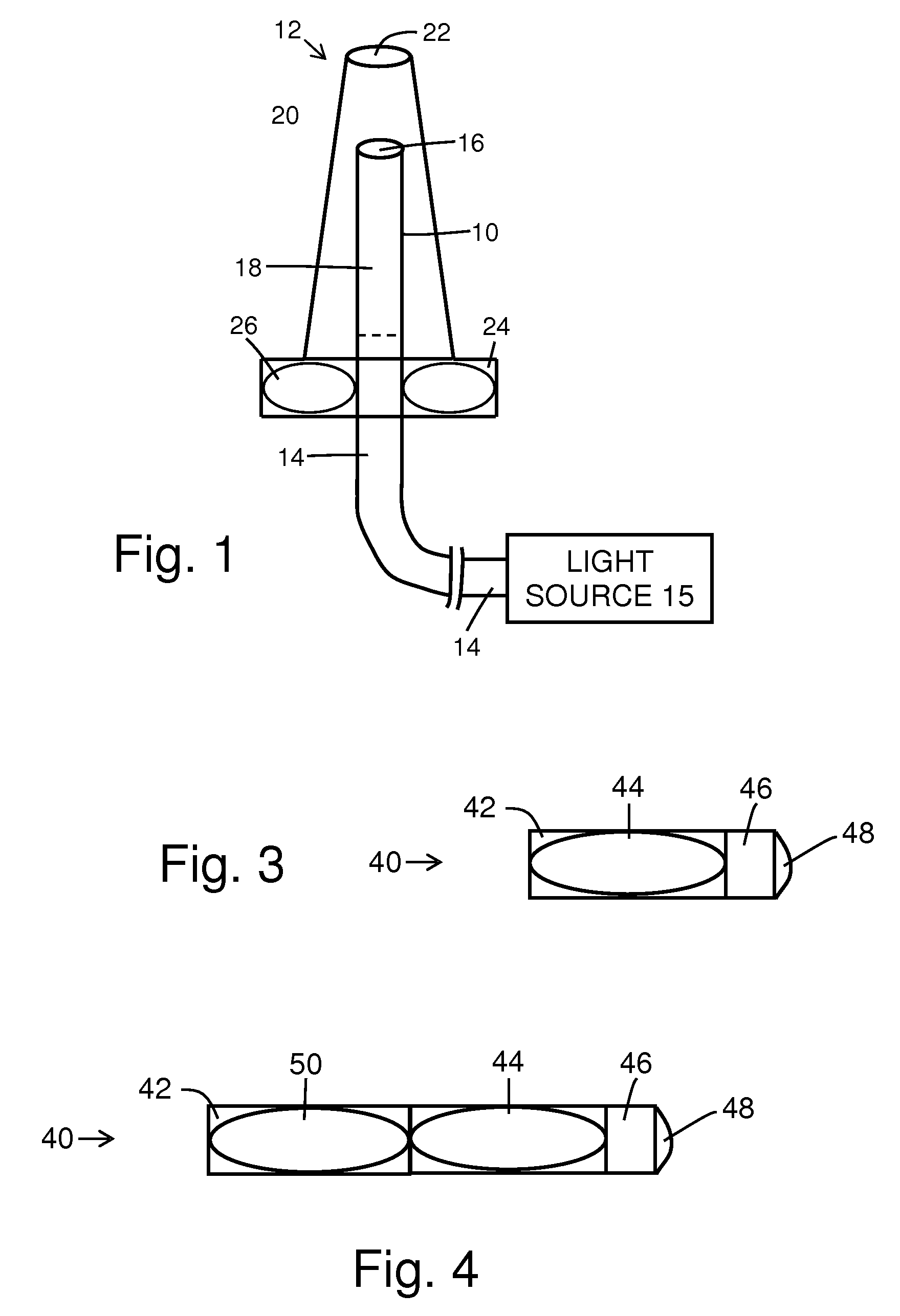Method and system for controlling the spread of microorganisms among subjects in a group
a technology of group transmission and control method, applied in the field of group transmission method and control system, can solve the problems of developing resistance, dangerous and costly infections, and significant threat to surgical practice of nasal carriage of i>s. aureus
- Summary
- Abstract
- Description
- Claims
- Application Information
AI Technical Summary
Benefits of technology
Problems solved by technology
Method used
Image
Examples
example 1
[0120]Nasal cultures are obtained from a total of 100 patients enrolled in a study performed under informed consent on an ambulatory patient population at a medical facility, each of whom is presenting with sin θ-nasal symptoms. In four confirmed S. aureus-colonized patients nasal skin biopsies are performed during elective nasal procedures (SMR). Related information regarding each patient's age, health status, frequency and reason for the clinic visits, and last date of hospitalization, significant medical history, antibiotic use and contacts with illness is gathered. History about any recent skin trauma, skin lesion, infection, tattooing or any drug use is also elicited. A culture method as standardized by a hospital infection control group is used on each patient. A sterile swab is inserted into the anterior part of one nostril. The swab is then rotated three times, slowly and circumferentially around the internal nostril for 4-5 seconds, applying even pressure. The swab is remov...
PUM
 Login to View More
Login to View More Abstract
Description
Claims
Application Information
 Login to View More
Login to View More - R&D
- Intellectual Property
- Life Sciences
- Materials
- Tech Scout
- Unparalleled Data Quality
- Higher Quality Content
- 60% Fewer Hallucinations
Browse by: Latest US Patents, China's latest patents, Technical Efficacy Thesaurus, Application Domain, Technology Topic, Popular Technical Reports.
© 2025 PatSnap. All rights reserved.Legal|Privacy policy|Modern Slavery Act Transparency Statement|Sitemap|About US| Contact US: help@patsnap.com



